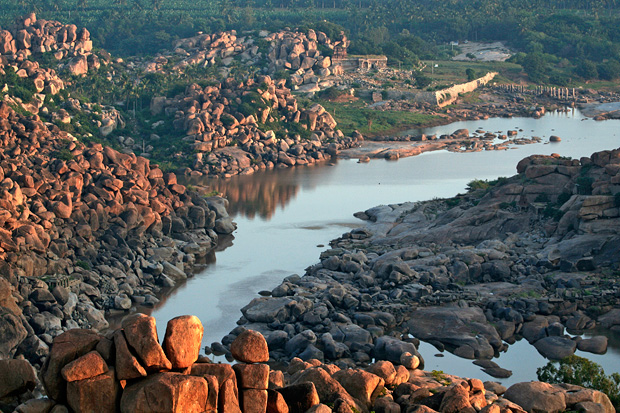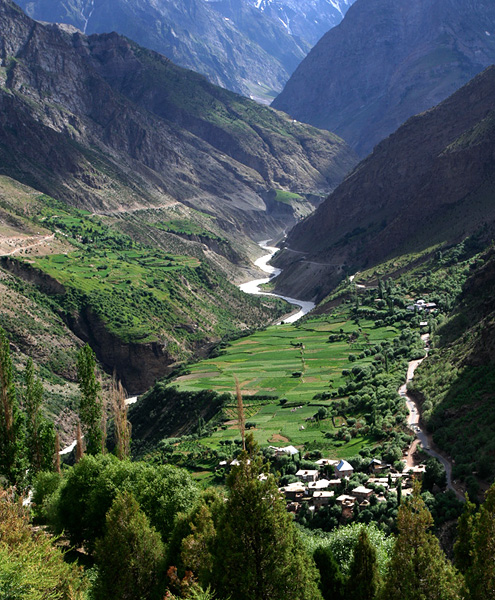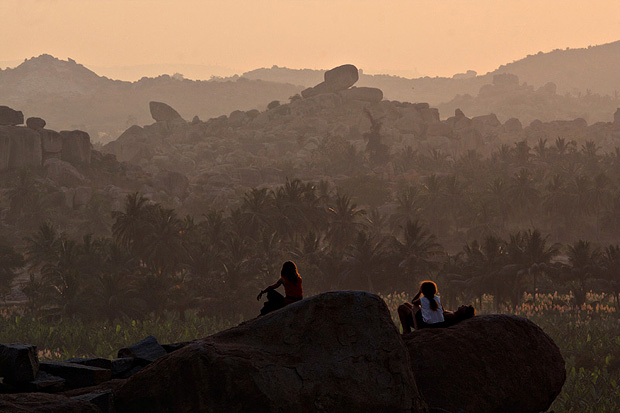Travel Photography: Photographing Landscapes
A version of This article appeared in October issue of Terrascape, a travel magazine for which I am an editorial consultant and also write a column on photography. Read all the earlier earlier travel photography articles on India Travel Blog.
As the monsoons recede in October and make a way for winter, overcast skies are replaced by a clear blue expanse. The sky turns into deeper hues of red and orange during sunrise and sunset hours, adding a drama to the landscapes. Mild fog in the early morning hours hides the details of the landscape and highlights beautiful contours. This is the time of the year to see and photograph landscapes, especially mountain vistas.
Morning and Evening. The golden light of early morning is the best time to take pictures. The warm light makes the landscape look beautiful. Fog diffuses the light and adds a magical effect. A picture shot in the harsh afternoon sun can look dull and flat, but the same shot in the morning may look magical. If not in the morning, the next best time of the day is evening. Avoid the times when the sun is high.

Include a foreground. Include a foreground element in your frame that offers a minor distraction from the main subject. For example, have some rocks in the foreground when you take picture of a lake. Include some flowers, plants or boulders in the foreground if the subject of the image is a mountain. The choice of foreground has to be made wisely and it must fill in just the amount frame not to distract the viewer from the main subject.
Remember the rule of thirds. For an image which has some sky and some earth, avoid composing with horizon in the center of the picture. If the sky has a lot of drama, allow it to take nearly two-thirds of the frame and let the earth take up a third of the space at the bottom. Do the reverse if the sky is uniform but there is a spectacular scenery on ground.
Find a vantage point. Standing on a plain surface often limits your views. Find a good vantage point that helps you see a wide vista. A higher position not only helps you get all the important elements of the landscape within the frame, it also gives you a completely different perspective than seeing things from below. Shooting hills and mountains from a height similar to your subject helps a great deal in emphasizing the scenery.
‘
Show the scale. Include some elements in the picture that depict scale. A picture of a hill will have an added drama with a man walking towards the top. A small boat somewhere in the picture can help in understand the expanse of a lake.

Technical aspects. This is for those of you who understand the basic camera controls that affect the image recorded. Use a small aperture to keep the whole frame in focus. An aperture f/11 or smaller is preferable. A sturdy tripod can make a lot of difference to the quality of the image.
Prints of all the images available. Request for prints.